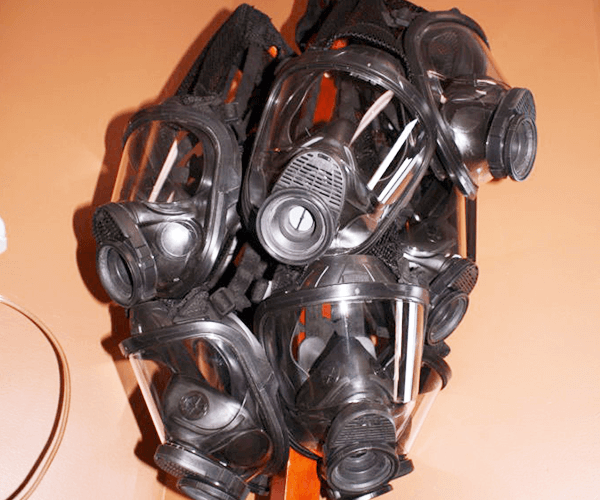Hours of Operation
Mon–Fri 7:30 AM–4:30 PM
Mon–Fri 7:30 AM–4:30 PM

H2S, or Hydrogen Sulfide, is a potentially life-threatening gas commonly encountered in various industrial settings. Its presence poses significant risks, necessitating comprehensive training for workers on the hazards of H2S and the practical strategies and equipment used for protection.
In response to this critical need, the Canadian oil and gas industry, in cooperation with its members, has developed a comprehensive one-day training course. This course provides foundational industry knowledge, enabling workers to effectively integrate and apply various practices and procedures they will encounter in the energy sector. It serves as an indispensable industry prerequisite for most roles within the oil and gas domain.
H2S Alive is recognized as the authoritative body in the oil and gas industry, dictating the standards for course delivery and instructor certification. It's important to be aware of online imitations claiming to offer similar training. Authentic H2S Alive training requires in-person attendance, guided by a certified instructor, to ensure the highest standards of safety and competency.
To participate in the H2S Alive course, all students must present a government-issued photo ID.

Understanding the critical nature of H2S safety training, H2S Alive sets stringent guidelines for the course's delivery environment. These guidelines ensure the training is practical and conducted in an optimal learning setting.
Our dedicated training facility in Saskatoon, SK, exceeds H2S Alive’s minimum space requirement of 500 sq ft, boasting an expansive 800 sq ft classroom. This spacious environment allows for comfortable movement and interaction, enhancing the overall learning experience.
In adherence to H2S Alive’s standards, we provide a high ratio of safety equipment to students. While the requirement is one air pack for every five students, Trinity Safety & Training takes it a step further by offering one air pack for every three students. This ensures that each participant gets ample hands-on experience with the safety gear.
The classroom is designed to foster a conducive learning atmosphere. It is well-lit, quiet, and climate-controlled, creating an environment that is comfortable yet focused. Our facilities are equipped with a large whiteboard and a big-screen TV for visual and interactive learning. To further enhance your experience, we provide fresh coffee and comfortable seating, ensuring that each student is fully engaged and at ease throughout the training session.

At Trinity Safety & Training, we use breathing apparatuses manufactured by the Mine Safe Appliance Co. (MSA), a name synonymous with quality and reliability. MSA equipment is the preferred choice among many of the leading oil, gas, and mining companies in Western Canada. This alignment with industry standards ensures that our students train with equipment they are likely to encounter in their professional settings.
Each participant in our H2S Alive training course is provided with their own mask, ensuring a personal and focused learning experience. Post-training, all masks undergo thorough cleaning and sanitization in accordance with the manufacturer’s specifications. This practice not only maintains high hygiene standards but also ensures the longevity and effectiveness of the equipment.
The electronic monitors utilized during our training are fully functional and are rigorously function-tested for each course. This ensures that the equipment meets and exceeds the required safety standards. Our commitment to using actual, field-standard equipment (as opposed to foam replicas) provides students with a hands-on experience that closely mirrors real-world scenarios. Such practical training is crucial for developing a deep understanding of the equipment and its use in hazardous environments.
